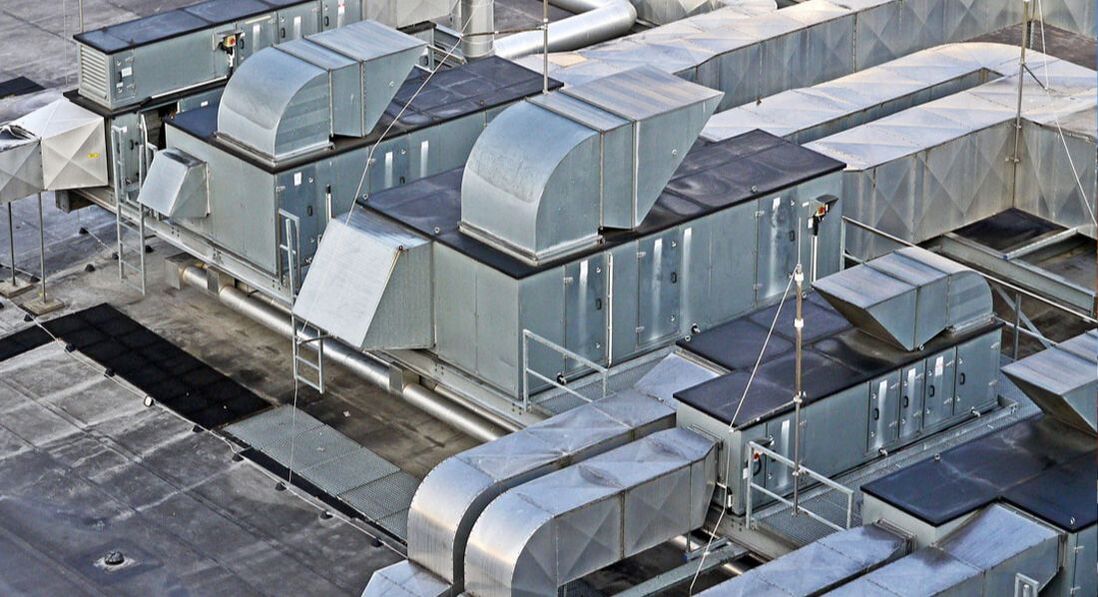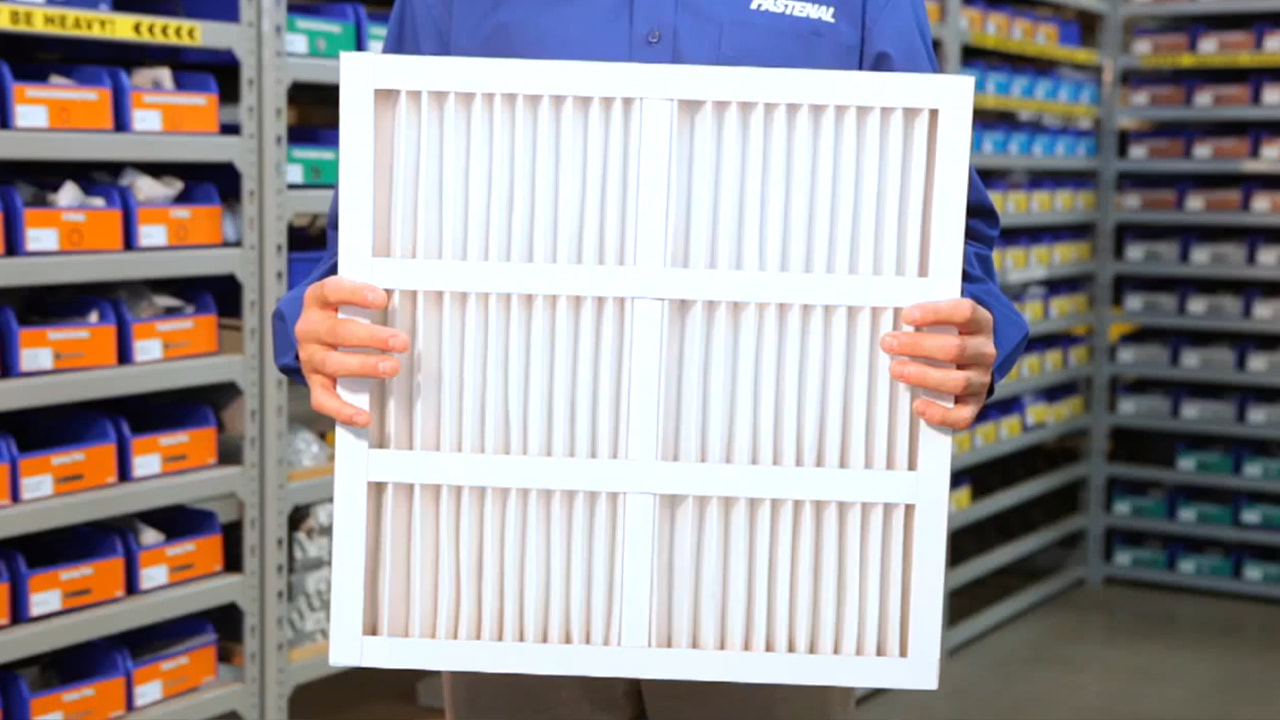How to mix air filtration with cost savings
Indoor air quality is about finding the balance in your system
March 1, 2022
By Dave Heritage | VP of Sales at Filtration Group
By Dave Heritage | VP of Sales at Filtration Group
|
When people think of air filtration, they think of a wide range of things. So, let’s start with a definition.
Essentially, we’re trying to remove a contaminant from the air. Typically, it’s a particulate such as dust. In some cases, it can also be a situation involving volatile organic compounds. But that’s basically the goal. We want to remove a contaminant from the air. We do this with heating, ventilation, and air conditioning systems, which rely on filters to trap the contaminants. Steps to sustainability Let’s start with this fact: Almost all air filters are consumable inventory. So when you have a product that's going to end up being disposed of, you look to adjust the parameters to improve its sustainability. One key area to address is service life. In many cases, a premium air filter will last significantly longer. If you have a filter that lasts six months instead of one that only lasts three months, you’re literally putting half as many filters into the landfill each year. In addition, air filters create resistance, and resistance has to be overcome by mechanical equipment that uses electricity. So, without getting too complex, certain air filters are very restrictive and take a lot of energy while others are less restrictive and use a lot less electricity. Upgrading filters
With the attention that COVID and the pandemic brought to filtration, a lot of facilities upgraded to filters with higher MERV ratings. MERV stands for Minimum Efficiency Reporting Value. You might wonder: “How do MERV ratings relate to sustainability?” Fair question. Complicated answer. To oversimplify it, think of MERV ratings as a grading system for air filters. With the pandemic on people’s minds, a lot of facilities switched to filters with higher ratings. According to the EPA, filters with a rating of MERV-13 or higher can trap smaller particles, including viruses. Now, when you upgrade to better air filters, it can have an effect on your entire HVAC system. Because the systems are dynamic, when you make a change in one area, it's going to have an effect somewhere else. Sustainability comes into play because where you affect the service life of a filter — say it gets clogged easier because it's capturing a different-sized dust particle or just more dust in general — you also increase the number of filters you buy and dispose of each year. Something similar happens with light fixtures. The sweet spot Finding balance is so important. You want a system that doesn’t use electricity inefficiently. And you want filters that offer the right air quality without causing extra resistance. With all the factors involved, you might feel unsure about how to proceed. The good news here is that you have options. Consider upgrading your current filter to one with a longer lifespan. Want to go a step further? Ask an expert to look at your existing system and offer suggestions on how to become more efficient. Vertical Divider
|
Like what you're seeing here? Subscribe to the Blue Print for FREE and get the magazine sent right to your address.
|



